Cleat Mount Window Box Installation Instructions

For Installing Cellular PVC Boxes with Built-In Cleat Mounting Systems
Disclaimer: This Installation Guide is for the installation of window boxes on the exterior of buildings that have wood, stucco, HardiBoard, vinyl, brick, stone or masonry. It is suggested that you do not work alone, use proper lifting techniques and exercise due caution in and around your work area. The instructions which follow are suggested guidelines only as the construction and condition of your walls may vary. A window box that is improperly installed may be a hazard and could potentially cause injury or damage to persons or your property. To ensure years of window box satisfaction and longevity, we recommend you have a licensed contractor or qualified handyman install or advise you.
Overview/General
The guidelines which follow are designed for the most common forms of exterior siding used on homes - specifically Wood, Shake/Shingle, Stucco, HardiBoard or Vinyl. If you are mounting your box into Brick, Stone, Masonry or Block – mounting these boxes requires use of lag shields for proper mounting. (See Step 5b)
Tools Needed
• Drill with ¼” drill bit (for pilot holes for 3/8” Lag Bolts).
• Level, tape measure & pencil
• Stud Finder (Electronic or Magnetic) (Other methods exist to find studs e.g. tapping wall with hammer head - a deep, hollow sound indicates a stud)
• Socket Wrench
• Hammer
Materials
• Cellular PVC Window Box
• Lag Bolts (3 ½" length x 3/8" diameter )
• Brick or masonry mounting also requires 5/8” diameter lag shields.
• For 24” Length Boxes use 2 bolts into studs.
• For 30,” 36” or 48" Boxes use 3-4 bolts into studs
• For 60" or 72" boxes use 5-6 bolts into studs.

1. Locate and mark studs in wall beneath window framing.
Using a stud finder (see image), locate and mark the studs on your wall in the area that you will be mounting your window box. Most studs are found 16" on center but stud spacing underneath windows is varied and not always predictable. It is recommended that you mount your window box to as many studs as practical.
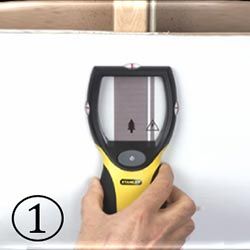
2. Determine how far below the window you want the window box to sit and draw a level, horizontal line.
There is no “right or wrong” way to position the box; It is strictly to your taste. If you have a water-ledge as part of your window sill, make sure to provide adequate clearance beneath the ledge to allow the box to be removed from the cleat. With the line as your reference point, draw a parallel line ≈2” below this level. This is where you will align the top edge of your cleat.
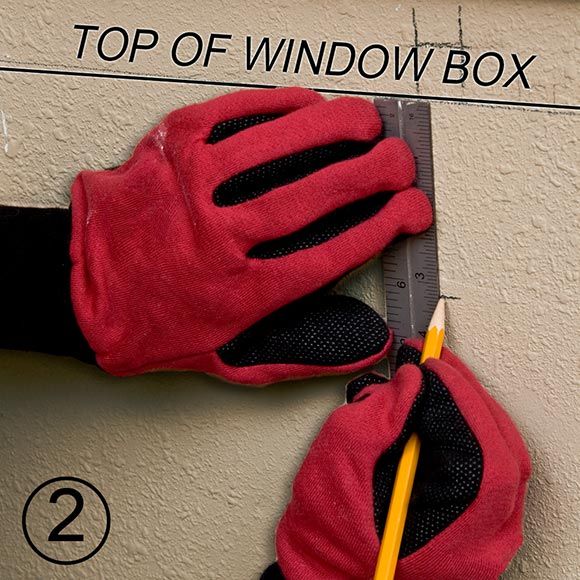
3. Hold the cleat centered beneath your window so that the top of the cleat aligns with the second line.
Make sure to face the cleat so the tallest side is toward you and the shorter side is against the wall. Then mark the location of the studs on cleat.

4. Bore pilot holes into cleat at the locations marked for studs with 1/4” drill bit.
When drilled and centered beneath window, your pilot holes should align with studs in wall. Then use the drill to mark the wall through the cleat’s pilot holes to indicate where the pilot holes need to be drilled into the wall.
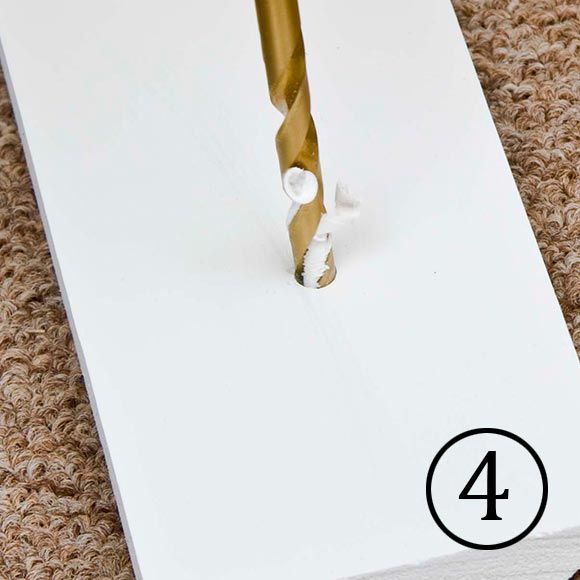
5a. For wood, stucco, vinyl, shake/shingle, and HardiBoard siding, drill 1/4” pilot holes in wall at marks made in Step 4.
To ensure proper drilling depth in the wall you may want to mark your drill bit with a piece of tape 2 ½” up the bit (deep enough for the anchor 2 ½” long).
5b. For brick, stone, block or masonry siding, use a 5/8” drill bit to bore lag shield holes in the wall at the locations marked in Step 4.
Hammer the lag shield into the holes in the wall.
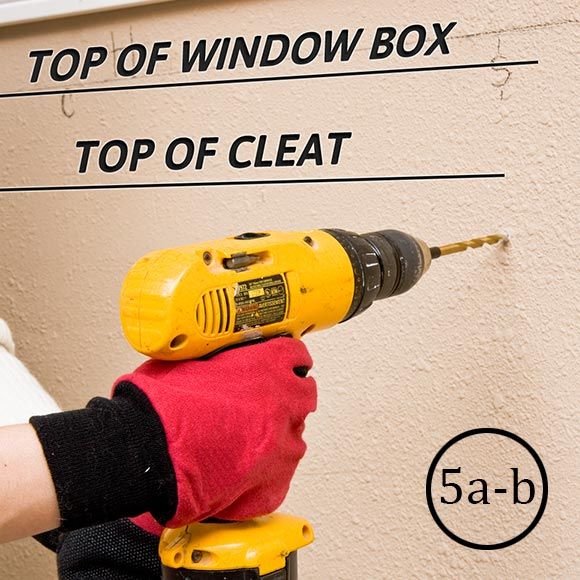
6. Use a socket wrench to bolt the cleat to wall.
Do not use washers over bolt heads. Lag bolts will “self-sink” into the cleat. Be careful to not tighten bolt so far into cleat that you strip the bolt head.
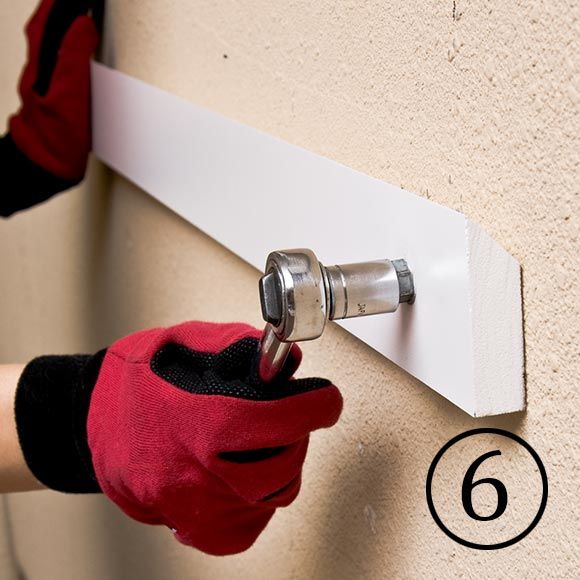
7. Hang your window box over the cleat and enjoy!

